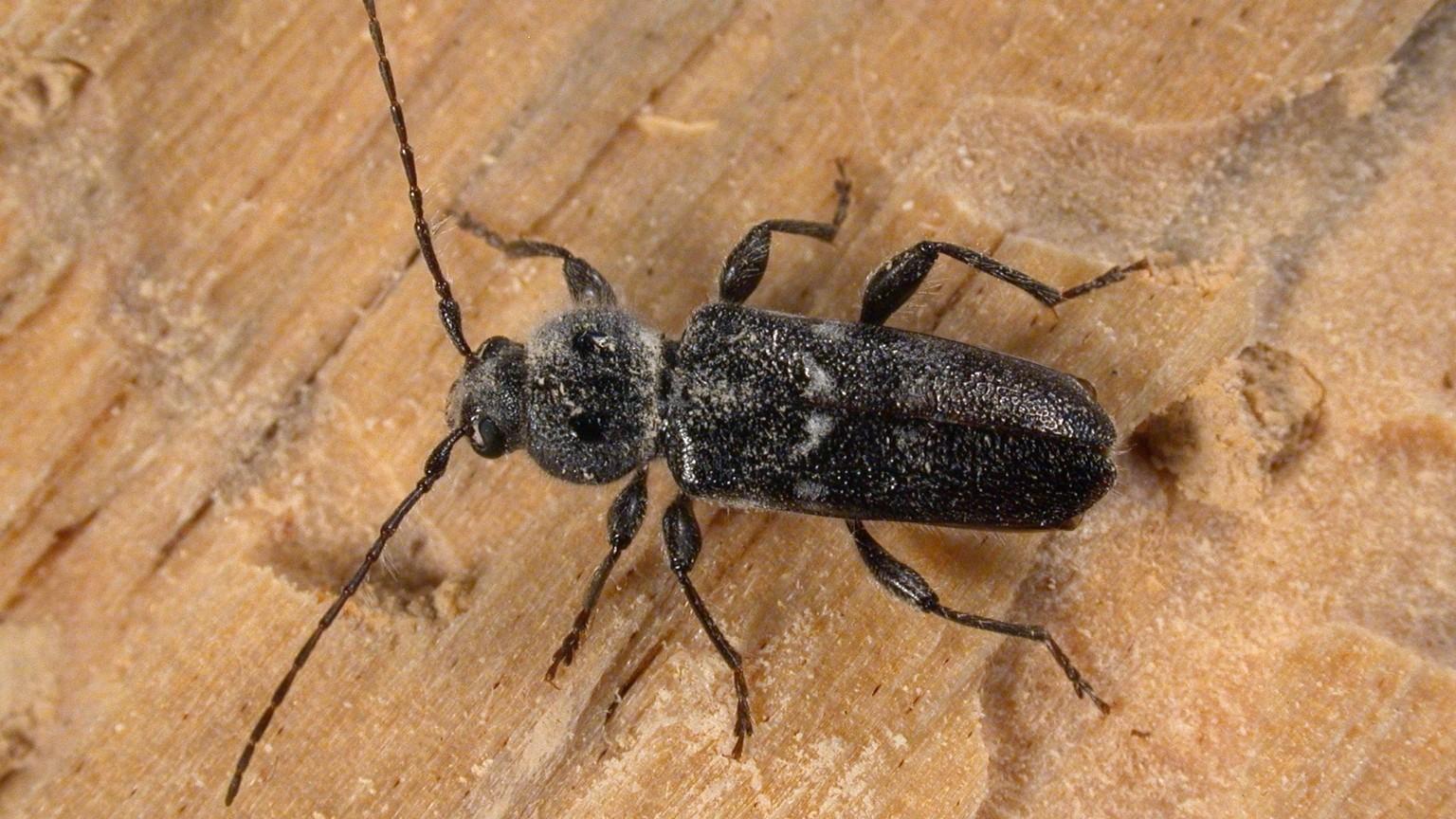Borers

Scientific Name
Various (e.g., Cerambycidae, Sesiidae)
Description
Borers are insects whose larvae burrow into plant stems, trunks, or roots, causing internal damage that weakens structural integrity and reduces overall plant vigor. They are identified by exit holes, frass deposits, and galleries within the wood.
Characteristics
These pests vary in size and appearance depending on the species, but are generally characterized by elongated bodies and distinctive boring marks. Their tunneling disrupts the flow of water and nutrients, leading to stunted growth and potential plant death.
Control Methods
- Organic sprays: Apply neem oil or insecticidal soap during periods of adult activity to deter egg-laying and lower larval survival.
- Cultural practices: Implement crop rotation, use resistant varieties, and practice strict sanitation by removing and destroying infected debris.
- Preventive methods: Maintain plant health through proper watering, balanced fertilization, and regular monitoring. Prune and remove infested material promptly to reduce the spread.
- Biological controls: Encourage natural predators such as parasitic wasps, birds, and beneficial beetles that target borer larvae.
- Mechanical physical: Utilize physical barriers like sticky bands on trunks and hand-pick or drill out infested sections to prevent further damage.
Natural Enemies
- Parasitic Wasps
- Birds
- Beneficial Beetles